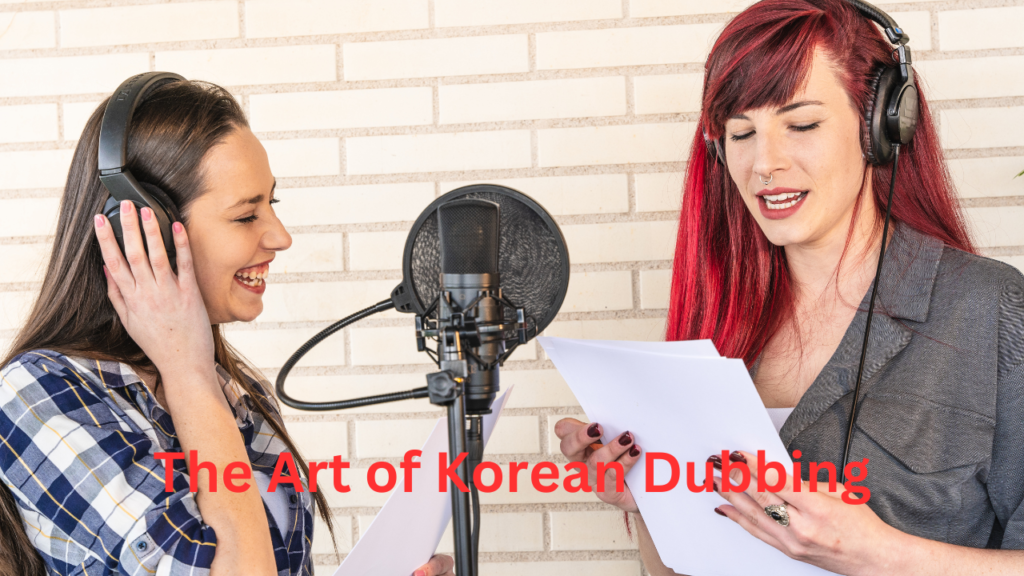In the realm of multimedia, dubbing is an essential process that involves replacing the original dialogue with a new language, catering to a different audience. Korean dubbing, in particular, presents unique challenges and opportunities due to the distinct characteristics of the Korean language and culture.
The Korean language, known as Hangul, was created during the reign of King Sejong the Great in the 15th century. It is renowned for its scientific design and efficient layout, which makes it relatively easy to learn compared to other East Asian languages. Hangul is characterized by its use of blocks of syllables that are made up of vowels and consonants, creating shapes that mimic the position of the speaker’s mouth when pronouncing them.
Cultural Sensitivity in Korean Dubbing Adaptation
Dubbing in Korea has a rich history that dates back to the post-Korean War era when foreign films began to be imported and required localization for Korean audiences. Initially, subtitles were more common, but with the growth of television and cinema in the 1960s and 70s, dubbing became a necessary feature to reach broader audiences, especially those less literate in foreign languages.
Cultural Localization:
More than just a language translation, dubbing into Korean involves significant cultural localization to accommodate the audience’s sensibilities and preferences. This may include altering scenes that involve gestures or expressions that could be misunderstood or offensive in Korean culture.
Voice Acting Industry:
Korea boasts a robust voice acting industry, with schools and training programs specifically designed to mould skilled voice actors. These professionals often become celebrities in their own right, known for their distinctive voices and ability to convey emotion through tone.
Technological Adaptations:
Advances in technology have also shaped Korean dubbing. AI and machine learning are beginning to play roles, although they are still secondary to human talent due to the nuanced emotional delivery required in dubbing.
Language Structure:
The structure of the Korean language, with its honorifics and levels of formality, presents unique challenges in dubbing. Translators and dubbers must choose the appropriate linguistic forms to match the social relationships and situations depicted on screen.
Synchronization:
The rhythm and cadence of Korean are different from those of languages like English or Japanese. Achieving lip-sync in dubbing is thus particularly challenging, as the translators need to creatively adapt the dialogue while keeping it natural and fluid.
Censorship and Regulations:
South Korea has specific regulations regarding media content, including standards that affect how certain themes and languages are translated and presented in dubbed foreign content. This requires dubbers to be highly aware of cultural norms and legal limitations.
As streaming services become more popular globally, the demand for high-quality Korean dubbing continues to rise. This is not only for foreign content in Korean but also for Korean media being dubbed into other languages, promoting K-dramas and K-pop globally.
Korean dubbing is a fascinating field that merges linguistic skills, cultural knowledge, and artistic expression. As Korea continues to influence global entertainment, the art of Korean dubbing will play a pivotal role in cultural exchange and media accessibility, bridging gaps between Korea and the world.
This exploration offers a glimpse into how the Korean language’s unique characteristics intricately influence the dubbing process, adding to the richness and depth of global multimedia landscapes.












